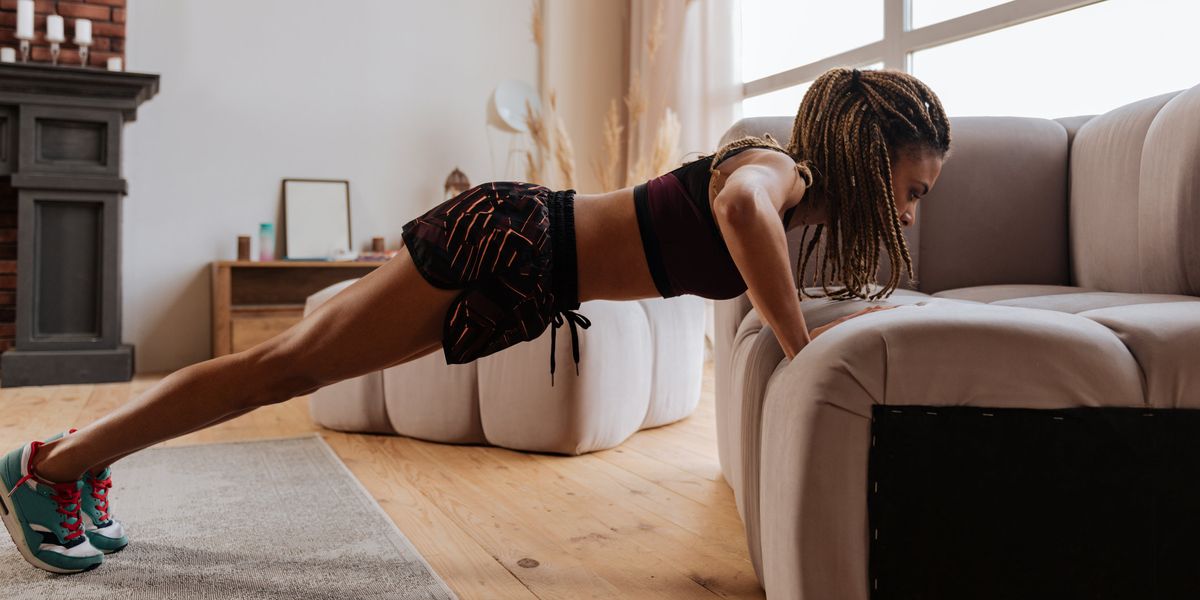Don't Let Your New At-Home Cross-Training Regimen End in Injury
In this period of social distancing, many dancers have taken up new forms of cross-training they can do at home. Workouts such as HIIT and yoga can help maintain your conditioning and will reduce the risks of injury once your regular training resumes.
We know that inactivity for just two weeks results in significant muscle atrophy and a decrease in explosiveness, especially in professional dancers and athletes, so staying active is definitely recommended.
But for dancers who haven’t done much alternative training before, you’ll need to acclimate yourself first. A new training regimen puts different loads and stresses on your body, which can lead to injuries like stress fractures. Here’s how you can tackle new activities while staying safe.
Take it slowly.
Our bodies, including our bones, are always in a state of breakdown and rebuilding. Stress fractures occur when the repetitive micro-trauma outpaces our healing process. So if you’re trying a new cross-training program, you should progress step-by-step.
Some fitness programs include a set of multiple exercises, but don’t feel obliged to perform them all in the same setting. You can always break up the pre-set exercise plans and perform part of the session later.
Dancers are not known for cardiovascular fitness, so if you start to feel difficulty breathing, dizzy or nauseous, give yourself a break. Aim to start with 10 mins of training daily and slowly build your endurance up to 45-60 minutes per day.
And always remember to make time for warm-up and cool-down routines.
Listen to your body.
Do not be sucked into the no-pain, no-gain mentality; it is wiser to listen to your body and plan your workout with flexibility. If you feel something hurting, it is your body’s message to you to be wary of injuring yourself.
Wear the proper footwear.
Whether you’re cross-training or dancing, make sure you’ve got on protective shoes. Repetitive microtrauma can occur when we dance or exercise on “poor” flooring. Home surfaces typically don’t provide your feet with the protection that a studio’s sprung floor does. Of course, it will depend on the type of dance or workout you’re doing, but aim for lightweight shoes with good shock-absorption and anti-slip soles whenever you can.




